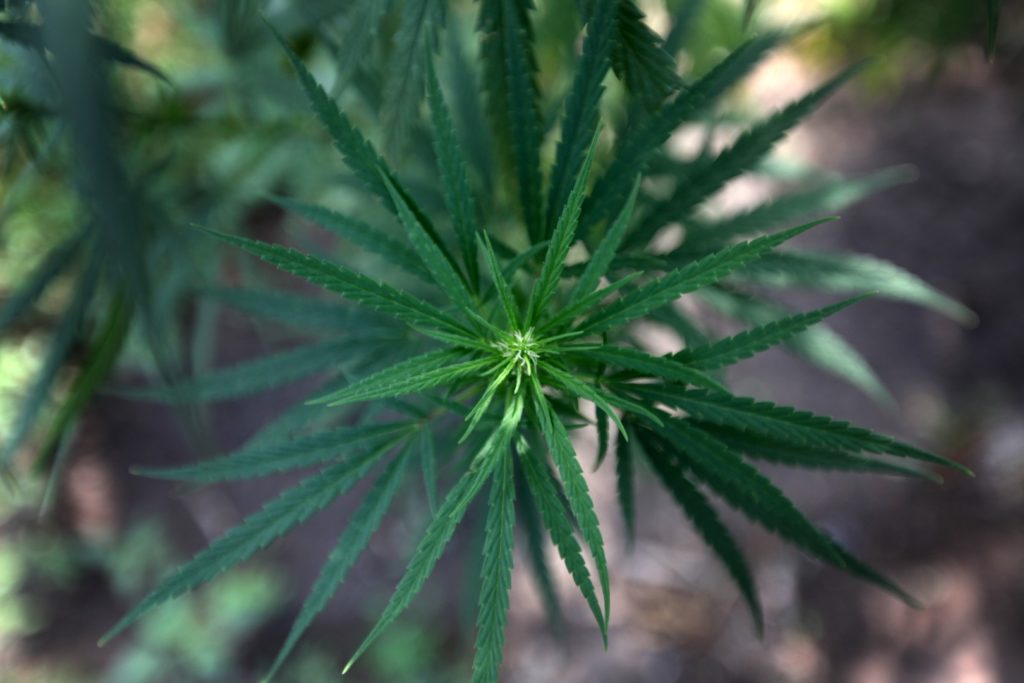
The 'other' cannabinoids: what they are and what they do
Not only does THC and CBD play a role in the effects of cannabis. So let's see what they are and what are the roles of the less known cannabinoids. CNG: Cannabigerol
We begin our journey in the cannabinoids with the parent molecule for most of the many cannabinoids. CBG, known as cannabigerol, begins its life as cannabigerolic acid (CBGA). From there, the enzymes inside the plant transform it into one of the three other cannabinoids, THCA, CBDA and CBCA.

These molecules lose their acid group and become decarboxylated becoming THC, CBD and CBC. Since CBG is "depleted" when converted to other states, plants with a high CBG content tend to have a low THCA or CBDA content and vice versa.
CBGA is the parent molecule of many cannabinoids found in cannabis.
Unlike its THC derivative, CBG is not psychoactive. It has shown interesting anti-inflammatory properties, as well as its ability to protect against neurons. Some studies have shown its ability to inhibit the growth of cancer cells; it is also an effective antibacterial, anti-spasmodic stimulant and stimulates appetite.
Many of its benefits are similar to THCA and CBDAwhich makes sense as they are chemically similar. Before turning into THCA, CBDA, and CBCA, CBGA can take a different path through enzymatic changes and become CBGVA, which is the precursor to another type of cannabinoid: THCVA, CBDVA, and CBCVA. The letter V in this set of cannabinoids refers to cannabivarin classified as propyl cannabinoid; this group contains a propyl chain instead of a pentyl chain within the molecule. While this difference may suggest some variation in the effects of these cannabinoids, most of them act similarly to their pentyl cousins. The exception to this rule is THCV or tetrahydocannabivarin.
THCV: As a tetrahydrocannabivar As mentioned, THCV begins life as a CBGVA and is therefore modified by enzymes. It has a different ability than other cannabinoids to suppress appetite instead of stimulating it. No other known cannabinoid works in this way, and it is for this reason that THCV has attracted enormous interest in science. In addition to suppressing appetite, THCV has the ability to promote bone growth and healing.
CBC: Cannabichromene Another promising cannabinoid is CBC or Cannabichromene. Another common cannabinoid in CBC is a CBGA product such as THC and CBD. CBC appears to activate other secondary receptors, and for this reason it works well in topical preparations. Because of this, it can be used as a molecule in acne treatment, which significantly reduces excess sebum production in the skin. CBC has proven to be most effective for topical application. Combined with its antibacterial, anti-inflammatory and analgesic properties, it can be ideal for a wide variety of skin conditions. Finally, a complete blood count (CBC) stimulates spastic gastric motility without causing constipation, which is a secondary effect of many conventional medicines.
CBN: Kannabinool
Unlike other cannabinoids, which result from enzymatic changes within the plant, THC is converted to CBN after prolonged sun exposure in nature. It has traditionally been associated with “poor quality cannabis,” as high CBN levels tend to cause headaches and increase fatigue after smoking. However, we now know that a small amount of CBN is required to produce significant hypnotic effects, and 5 mg may be as effective as a 10 mg dose of diazepam, a common drug also used for sleep.
As mentioned, all cannabinoids have a CBGA precursor. The plant then directs the CBGA to convert to other cannabinoids throughout its life cycle through synthesis, enzymes that chemically convert cannabinoids to other cannabinoids. This is determined by the needs of the plant and the amount of cannabinoid precursors available.
We are still discovering the role that each of these cannabinoids plays in the plant, but we can safely assume that THCA, CBCA and CBDA benefit the plant to some extent because they appear in greater concentration in the plant. Most other cannabinoids, while potent and beneficial for medicinal purposes, don't seem to provide much to the plant. As a reminder, THC is actually present in very small amounts in the cannabis plant, as opposed to THCA, which is present in abundance (in relation to the species and genetic characteristics of cannabis).
Only after additional research, selection, study of certain genetics and understanding of the cannabis plant and its natural mechanisms can we uncover the secrets of these unusual substances, "unusual cannabinoids".

